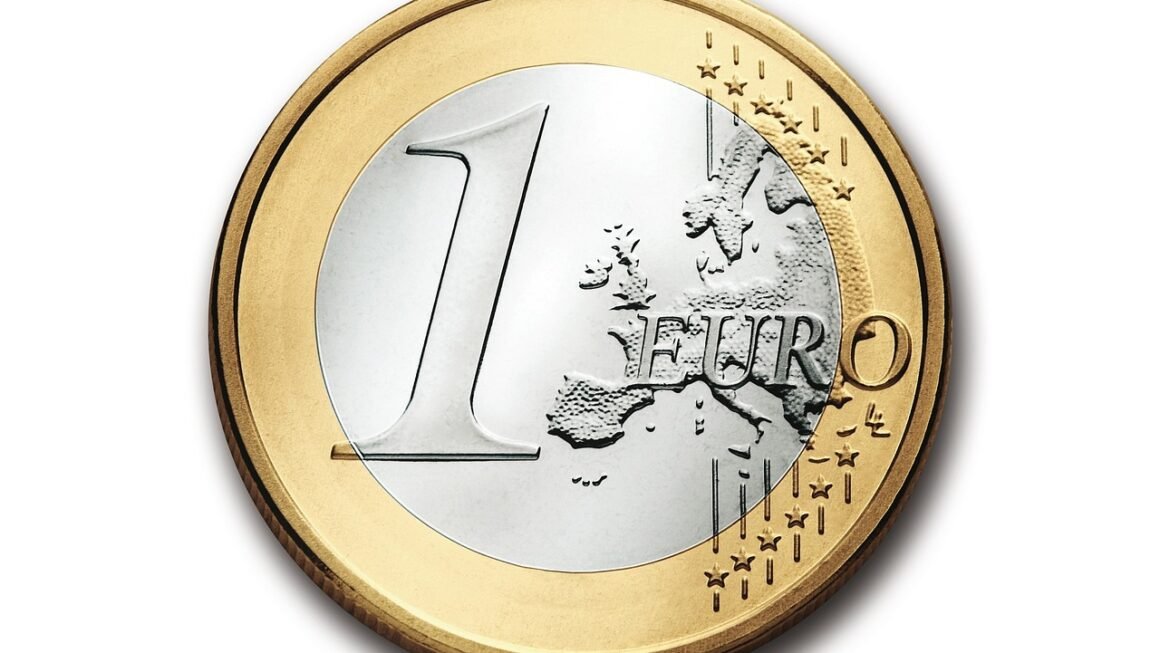Public relations (PR) is more than just generating buzz; it’s the strategic art of shaping your brand’s narrative and fostering meaningful relationships with your target audience, stakeholders, and the wider public. In today’s interconnected world, a well-executed PR strategy is crucial for building trust, enhancing credibility, and ultimately, driving business success. This guide will delve into the core aspects of public relations, providing practical insights and actionable strategies to help you master the art of effective communication and reputation management.
Understanding Public Relations: The Foundation
What is Public Relations? Defining the Scope
Public relations encompasses a wide range of activities aimed at managing and influencing the flow of information between an organization and its publics. It’s about building and maintaining a positive reputation, establishing strong relationships, and effectively communicating your brand’s values and messages.
- Key Activities:
Media Relations: Securing positive media coverage in newspapers, magazines, online publications, and broadcast channels.
Crisis Communication: Managing and mitigating reputational damage during challenging situations.
Content Creation: Developing compelling stories and content that resonates with your target audience.
Event Management: Organizing and executing events to engage with stakeholders and generate publicity.
Social Media Management: Building and maintaining a strong online presence and engaging with audiences on social media platforms.
Internal Communications: Ensuring effective communication within the organization to keep employees informed and engaged.
Community Relations: Building and maintaining positive relationships with the local community.
Investor Relations: Communicating with shareholders and the financial community.
The Difference Between PR and Marketing
While often used interchangeably, PR and marketing serve distinct purposes. Marketing focuses on promoting products or services to drive sales, while PR focuses on building and maintaining a positive brand reputation. PR can support marketing efforts by creating a favorable environment for product launches and brand awareness.
- Marketing: Directly promotes products/services for revenue.
- Public Relations: Builds brand reputation and manages relationships.
- Overlap: PR can generate leads for marketing, and marketing campaigns can contribute to brand building.
- Example: A new energy drink company might use marketing to advertise its product’s taste and benefits. Simultaneously, its PR strategy could focus on promoting the company’s commitment to sustainability and healthy living, thereby enhancing its overall image and appealing to a broader audience.
The Importance of a Strong Reputation
In today’s digital age, reputation is everything. A single negative review or a viral crisis can significantly damage a brand’s image and impact its bottom line. A strong PR strategy helps to build and protect your reputation by proactively shaping your brand’s narrative and responding effectively to challenges.
- Benefits of a Strong Reputation:
Increased customer loyalty
Attracting and retaining top talent
Higher investor confidence
Improved brand value
Greater resilience during crises
Developing a Strategic PR Plan
Defining Your Target Audience
Before launching any PR campaign, it’s crucial to identify and understand your target audience. Who are you trying to reach? What are their interests, needs, and pain points? This knowledge will inform your messaging, channels, and overall approach.
- Key Questions to Consider:
Who are my ideal customers?
What are their demographics (age, gender, location, income)?
What are their interests and values?
Which media channels do they consume?
What are their pain points and how can my brand address them?
Setting Realistic Goals and Objectives
Once you understand your target audience, set clear, measurable, achievable, relevant, and time-bound (SMART) goals for your PR efforts. What do you want to achieve with your campaign? Examples include increased brand awareness, improved media coverage, enhanced customer engagement, or a stronger online presence.
- Examples of SMART PR Goals:
Increase brand mentions in relevant media outlets by 20% within six months.
Grow social media followers by 15% within three months.
Improve brand sentiment online by 10% within one year.
Secure speaking opportunities at three industry conferences within a year.
Crafting Compelling Key Messages
Your key messages are the core ideas that you want to communicate to your target audience. They should be clear, concise, and consistent across all of your PR activities. Focus on what makes your brand unique and valuable.
- Tips for Crafting Effective Key Messages:
Keep it simple and easy to understand.
Highlight your unique selling proposition (USP).
Focus on the benefits for your audience.
Use strong, persuasive language.
Ensure consistency across all channels.
Key PR Tactics and Strategies
Media Relations: Building Bridges with Journalists
Media relations involves building and maintaining relationships with journalists, editors, and other media professionals. The goal is to secure positive media coverage for your brand by providing them with valuable and newsworthy information.
- Strategies for Effective Media Relations:
Develop a media list of relevant journalists and publications.
Craft compelling press releases that highlight newsworthy events, product launches, or company announcements.
Offer exclusive interviews and behind-the-scenes access to journalists.
Provide journalists with high-quality images and videos.
Respond promptly and professionally to media inquiries.
- Example: A small startup developing a groundbreaking AI technology could target tech blogs and industry publications by sending out a press release highlighting the technology’s benefits and potential impact. Offering an exclusive demo to a key tech journalist could further increase the chances of securing positive coverage.
Content Marketing and Storytelling
Content marketing involves creating and sharing valuable, relevant, and consistent content to attract and engage your target audience. This can include blog posts, articles, videos, infographics, and social media updates. Storytelling is a powerful way to connect with your audience on an emotional level and build brand loyalty.
- Types of Content to Consider:
Blog posts on industry trends, company news, and customer success stories.
Videos demonstrating product features or providing educational content.
Infographics visualizing data and presenting information in an engaging way.
Case studies showcasing the positive impact of your products or services.
Social media updates sharing valuable insights, engaging with followers, and promoting your content.
Social Media Engagement and Community Building
Social media is a powerful tool for engaging with your audience, building a community, and managing your online reputation. Choose the platforms that are most relevant to your target audience and create content that resonates with them.
- Tips for Effective Social Media Engagement:
Post regularly and consistently.
Engage with your followers by responding to comments and questions.
Run contests and giveaways to increase engagement.
Use relevant hashtags to reach a wider audience.
Monitor your brand’s mentions and respond to negative feedback promptly and professionally.
Measuring and Analyzing PR Results
Key Performance Indicators (KPIs) to Track
Measuring the success of your PR efforts is crucial for understanding what’s working and what’s not. Key Performance Indicators (KPIs) are specific, measurable metrics that help you track your progress towards your goals.
- Common PR KPIs:
Media mentions (number and quality)
Website traffic
Social media engagement (likes, shares, comments)
Brand sentiment (positive, negative, neutral)
Lead generation
Sales conversions
Tools for Measuring PR Performance
There are various tools available to help you track and analyze your PR results. These tools can help you monitor media mentions, analyze social media engagement, and measure website traffic.
- Examples of PR Measurement Tools:
Google Analytics: Tracks website traffic and user behavior.
Social media analytics dashboards (e.g., Facebook Insights, Twitter Analytics): Provides insights into social media engagement.
Media monitoring services (e.g., Meltwater, Cision): Tracks mentions of your brand in online news, social media, and other sources.
Sentiment analysis tools: Analyzes the sentiment (positive, negative, neutral) of online mentions of your brand.
Analyzing Data and Making Adjustments
Once you’ve gathered data on your PR performance, analyze the results to identify areas for improvement. Are you reaching your target audience? Are your key messages resonating with them? Use this information to adjust your strategy and tactics as needed. Regularly reviewing your PR strategy and making necessary adjustments is essential for long-term success.
Conclusion
Public relations is an ongoing process that requires strategic planning, consistent effort, and a commitment to building strong relationships. By understanding the core principles of PR, developing a strategic plan, and implementing effective tactics, you can shape your brand’s narrative, build a positive reputation, and achieve your business goals. Remember to measure your results, analyze your data, and make adjustments as needed to continuously improve your PR performance.



